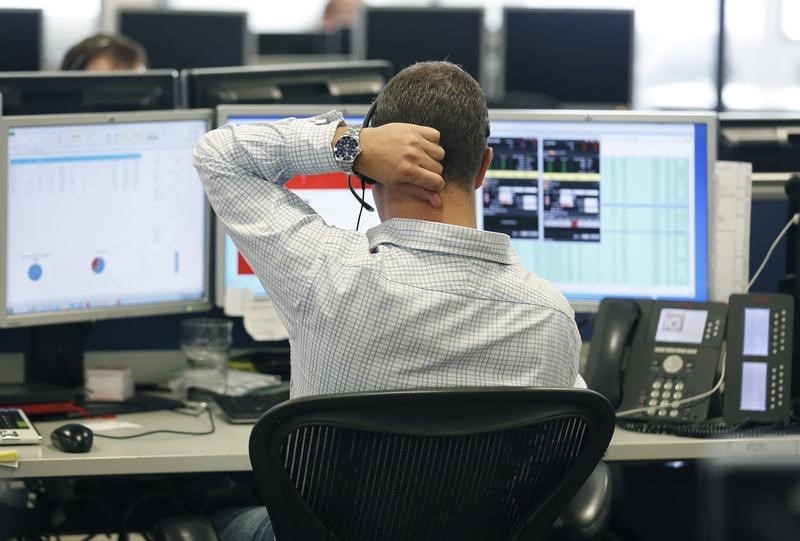U.S. approves sale of 70,000 AI chips to UAE and Saudi Arabia, WSJ reports
Investing.com -- Moody’s Ratings has affirmed FTAI Aviation Ltd.’s Ba2 corporate family rating while changing the outlook to positive from stable, citing improved performance and business model changes.
The rating agency also maintained the Ba2 rating on the company’s existing senior unsecured notes and the B1 (hyb) preferred stock rating of its subsidiary, Fortress Transportation and Infrastructure Investors LLC.
Moody’s cited FTAI Aviation’s improved operating performance, transition to a capital-light business model, and enhanced liquidity following the launch of its Strategic Capital Initiative (SCI) vehicle as key factors behind the outlook revision.
The SCI, established earlier this year, is a dedicated funding vehicle expected to deploy approximately $6 billion in capital, backed by Deutsche Bank, Apollo, and other investors. FTAI Aviation will hold a 19.0% equity stake in the vehicle while earning management and incentive fees for overseeing its assets.
This strategic shift is expected to improve the company’s free cash flow generation by reducing reliance on opportunistic asset purchases. FTAI Aviation projects free cash flow to reach approximately $1 billion in 2026.
The company’s liquidity is further supported by full availability of its $400 million revolving credit facility, which matures in May 2027.
FTAI Aviation’s aerospace products business has substantially expanded, generating approximately $480 million in EBITDA for the nine months ended September 30, 2025, compared to approximately $260 million for the same period last year. This represents 52% of consolidated EBITDA.
The company’s debt-to-EBITDA leverage improved to 3.1x as of September 30, 2025, down from 3.7x a year earlier.
Moody’s indicated that FTAI Aviation’s ratings could be upgraded if the company maintains better-than-peer profitability, keeps debt-to-EBITDA leverage below 4.0x, maintains strong liquidity, and effectively balances shareholder and creditor interests as it shifts to a capital-light model.
This article was generated with the support of AI and reviewed by an editor. For more information see our T&C.
